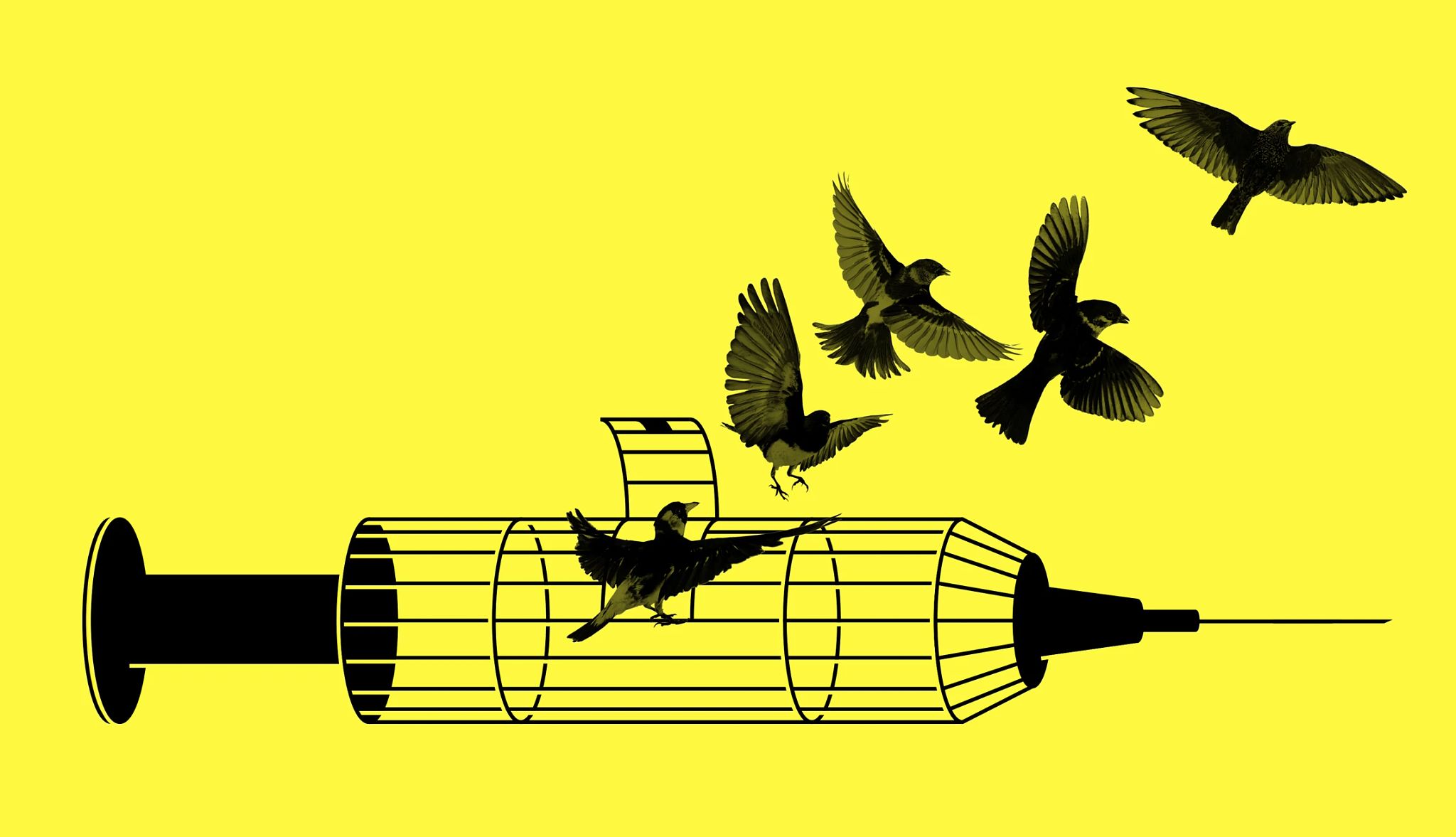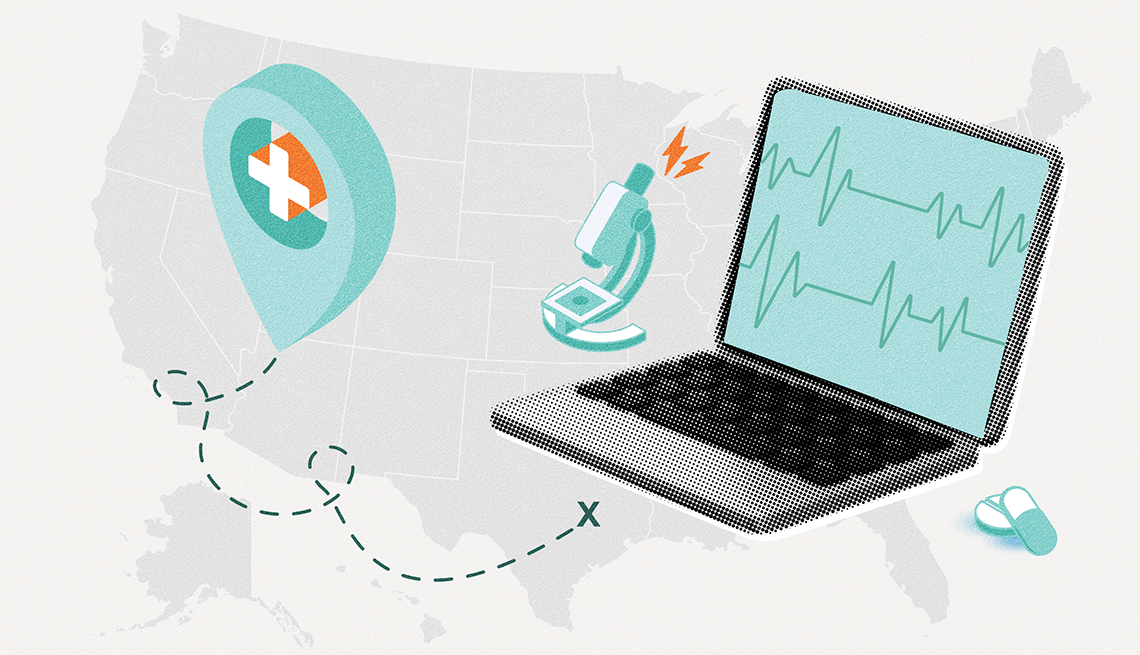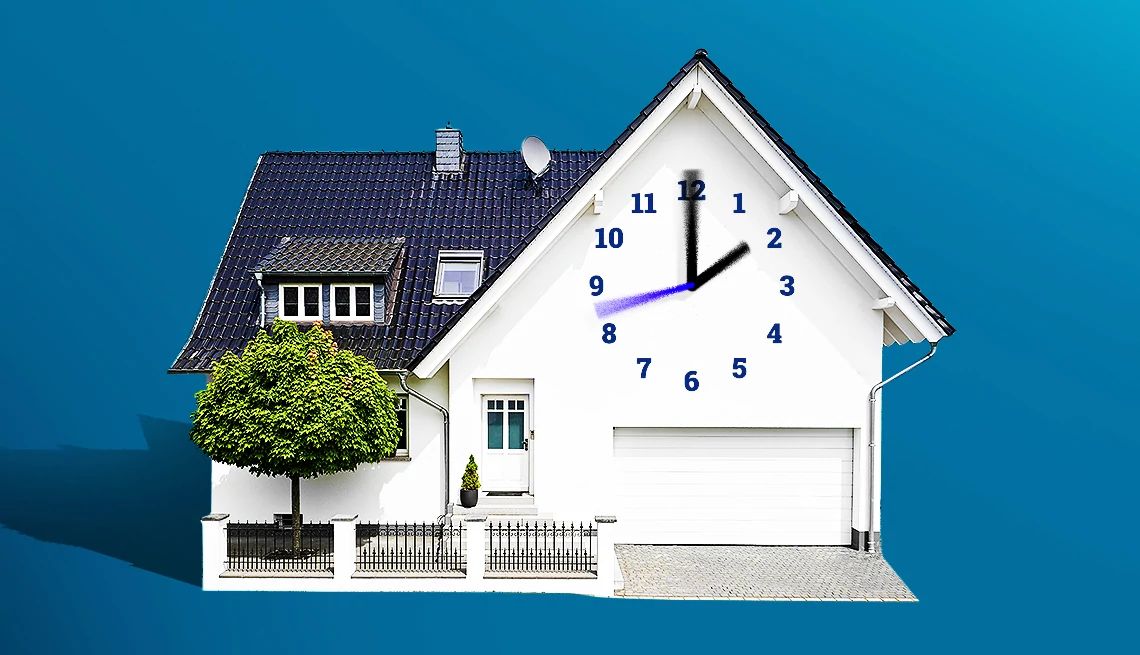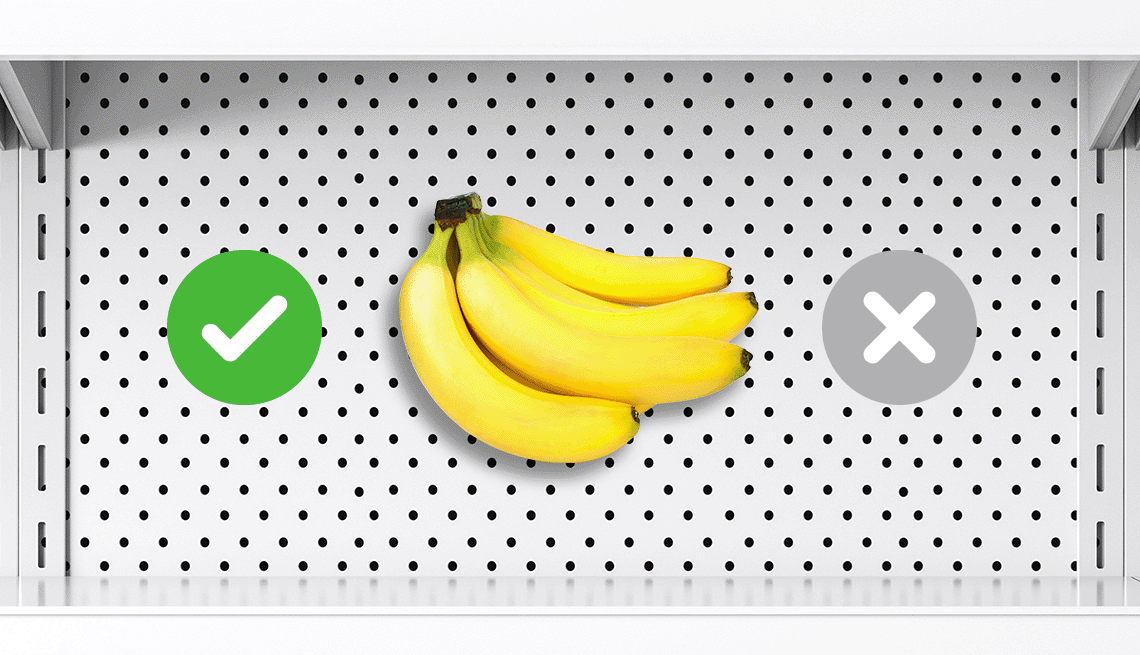AARP Hearing Center
Are your big bosses acting like Big Brother?
Before the outbreak of COVID-19 when you worked in your company’s physical offices, you took it as a given that your supervisors could see what you were up to. Managers knew when you were dutifully typing at a keyboard or on a call. And they knew when you took bathroom breaks, schmoozed with coworkers and otherwise came and went.
Now that the workplace has shifted to the home for many people — a permanent change for some even as the pandemic eases — don’t assume your employer has stopped watching you, albeit from afar.
If you’ve been issued a company laptop or smartphone, you should reasonably expect that bosses not only know when you’ve logged on or off, but they’re also aware of the apps you use, the social media and websites you visit and how much time you spend on activities that may or may not directly relate to your job. Or at least they have the means to discover all that.
7 in 10 large firms could track employees by 2025
The tech they’ve given you may be loaded with “bossware,” a term coined by San Francisco–based civil liberties advocacy group Electronic Frontier Foundation (EFF) to represent employee monitoring, activity tracking and workplace analytics software tools available to businesses from numerous third-party vendors.
The ranks of large employers using such tools to track workers has doubled since the beginning of the pandemic, to 60 percent, according to a 2021 COVID-19 survey of 101 organizations by the research and advisory firm Gartner. And Gartner expects the figure to climb to 70 percent within the next three years.
Lack of trust may explain the rise of its use at some companies.
Gartner Vice President Analyst Helen Poitevin, whose research partly focuses on how technology affects the way people work, says she hears comments such as: “Our managers want to know who is on Facebook so they can go to them and say, ‘Hey you must be bored. Let me give you some work to do.’ It’s already a sign of a toxic, low-trust culture.”
Expectation of privacy at work?
In a typical office, “there’s really not much of an expectation of privacy, even in terms of your physical movements within that workplace,” says Matthew Scherer, senior policy counsel for workers’ rights and technology policy at the Center for Democracy and Technology. The Washington, D.C.-based advocacy group was founded in 1994.
“It is a different story, or at least in theory, it should be a different story, when you’re working out of a home office or working remotely in some place that is not owned or leased by the employer,” Scherer says. “There’s a lot of uncertainty and unsettled questions regarding how you balance that with employer’s traditional nearly unlimited authority to monitor their workers while they’re on the clock.”
“Anything that tries to quantify how hard someone is working based on these kinds of inputs I think it's destined to fail. That gets into very unfair and dystopian territory.”
































.jpg?crop=true&anchor=13,195&q=80&color=ffffffff&u=lywnjt&w=2008&h=1154)































